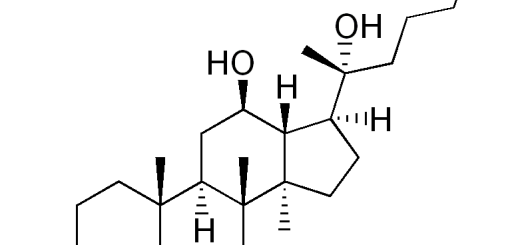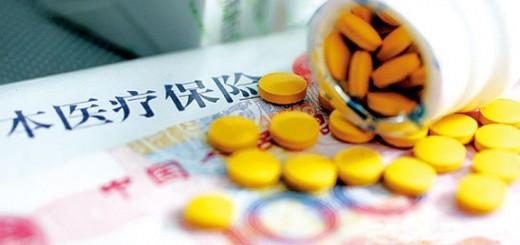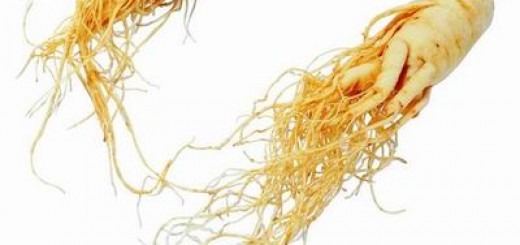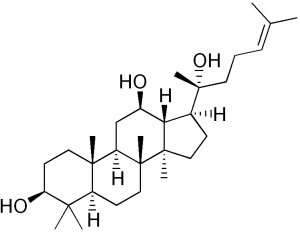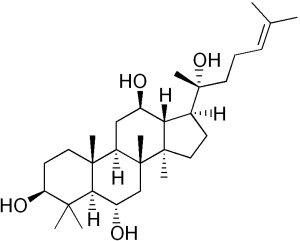| Share This Article
Research Frontiers of Medicinal Plants |
||
| DOWNLOAD |
|
Downloads Pharmacological Review of Ginsenoside Dammarane Saponin Rh2 Downloads Pharmacological Review of Ginsenoside Dammarane Saponin Rg1 Downloads Pharmacological Review of Ginsenoside Dammarane Saponin Rb1 Downloads Pharmacological Review of Aglycon Dammarane Sapogenin (AGS) – Protopanaxatriol (PPT) Downloads Pharmacological Review of Aglycon Dammarane Sapogenin (AGS) – Protopanaxadiol (PPD) |
Classification of ginsenosides
Ginsenosides are main active ingredients in Asian ginseng and American ginseng. To date, more than 40 ginsenosides are found. Ginsenosides are denoted by -RX (note: X=0、a1、a2、a3、b1、b2、b3、c、d、e、f、g1、g2、g3、h1、h2、h3、s1、s2). In addition, F11 belongs to pseudoginsenoside saponin. According to their mother ring structure, ginsenosides can be classified into 3 types:
Dammarane type saponins account for 70% of total saponins in ginseng, and it can be further categorized into protopanaxadiol-type and protopanaxatriol-type, their mother ring structures are listed below.
Chemical processing or hydrolysis in GI tract will convert above two types of ginsenosides into aglycone protopanaxadiol (PPD) and protopanaxatriol (PPT). |

